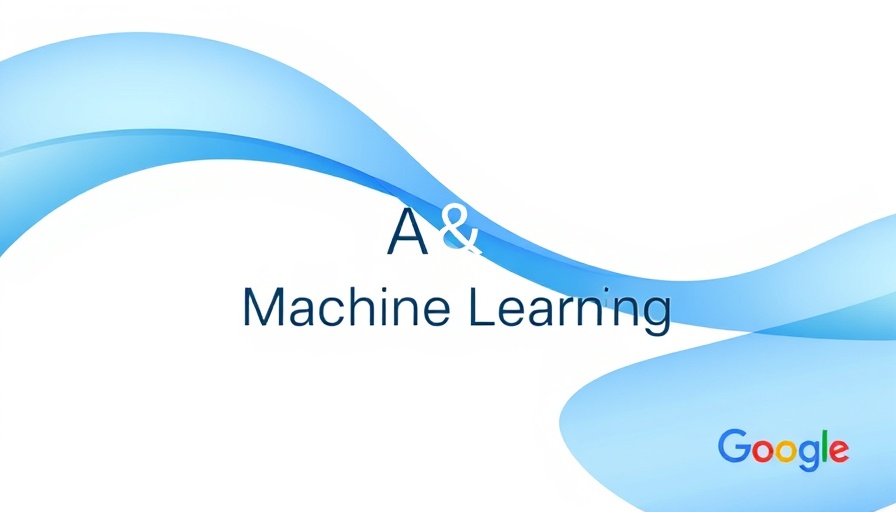
Unlocking the Power of Multi-Agent Systems with Google’s ADK
In today's rapidly evolving technological landscape, the integration of specialized AI agents has become paramount for enterprises looking to maximize efficiency and efficacy. The traditional approach of deploying a single monolithic agent often leads to complications, making it difficult for businesses to optimize their workflows effectively. Google's Agent Development Kit (ADK) presents a revolutionary framework for constructing multi-agent systems that can work collaboratively, promoting specialization and scalability.
Why Specialized Agents Are the Future
Instead of relying on a single super agent that must handle various tasks—effectively becoming a jack of all trades—it's more beneficial to build a team of specialized agents. For example, in travel applications, companies can create:
- FlightAgent: Focused solely on managing flights.
- HotelAgent: Dedicated to hotel bookings.
- SightseeingAgent: Expert in providing local tour and activity recommendations.
This clear division of responsibilities allows each agent to operate at maximum efficiency, thereby enhancing service quality. By leveraging Google’s ADK, developers can improve outcomes significantly, as these specialized agents can communicate and collaborate seamlessly.
Building a Robust Agentic Framework
The initial step in building this system involves creating specialized agents tailored to specific functions. The ADK functions as an integrative framework that orchestrates these agents. As illustrated in the code snippet below, a basic implementation may look like this:
from google.adk.agents import LlmAgent flight_agent = LlmAgent( model='gemini-2.0-flash', name='FlightAgent', description='Flight booking agent', instruction='You are a flight booking agent...') hotel_agent = LlmAgent( model='gemini-2.0-flash', name='HotelAgent', description='Hotel booking agent', instruction='You are a hotel booking agent...') sightseeing_agent = LlmAgent( model='gemini-2.0-flash', name='SightseeingAgent', description='Sightseeing information agent', instruction='You are a sightseeing information agent...')
With these agents established, developers can then create a coordinating entity, referred to as a root agent.
The Role of the Root Agent
A root agent, or coordinator, such as the TripPlanner, acts as an intermediary that interprets user requests and directs them to the appropriate specialized agent. This coordination optimizes task management and ensures the user’s requests are addressed efficiently. The structure looks like this:
root_agent = LlmAgent( model='gemini-2.0-flash', name='TripPlanner', instruction='Acts as a comprehensive trip planner. - Use the FlightAgent to find and book flights.')
The flexibility provided by such a system allows for dynamic responses to user needs, improving user experience while reducing latency in service delivery.
Conclusion: Embrace the Multi-Agent Future
With the growing complexity of tasks in various industries, utilizing multi-agent structures is becoming essential. Google’s ADK not only simplifies the creation of these systems but also equips developers with the tools to innovate. By fostering an environment where specialized agents can excel, organizations can expect enhanced performance, clearer outputs, and high scalability.
To stay ahead in this quickly advancing world of AI and machine learning, leveraging platforms like Google’s AID of multi-agent systems is essential. Embrace this transformative approach and unlock the potential of AI in your business strategies.
 Add Row
Add Row  Add
Add 




Write A Comment